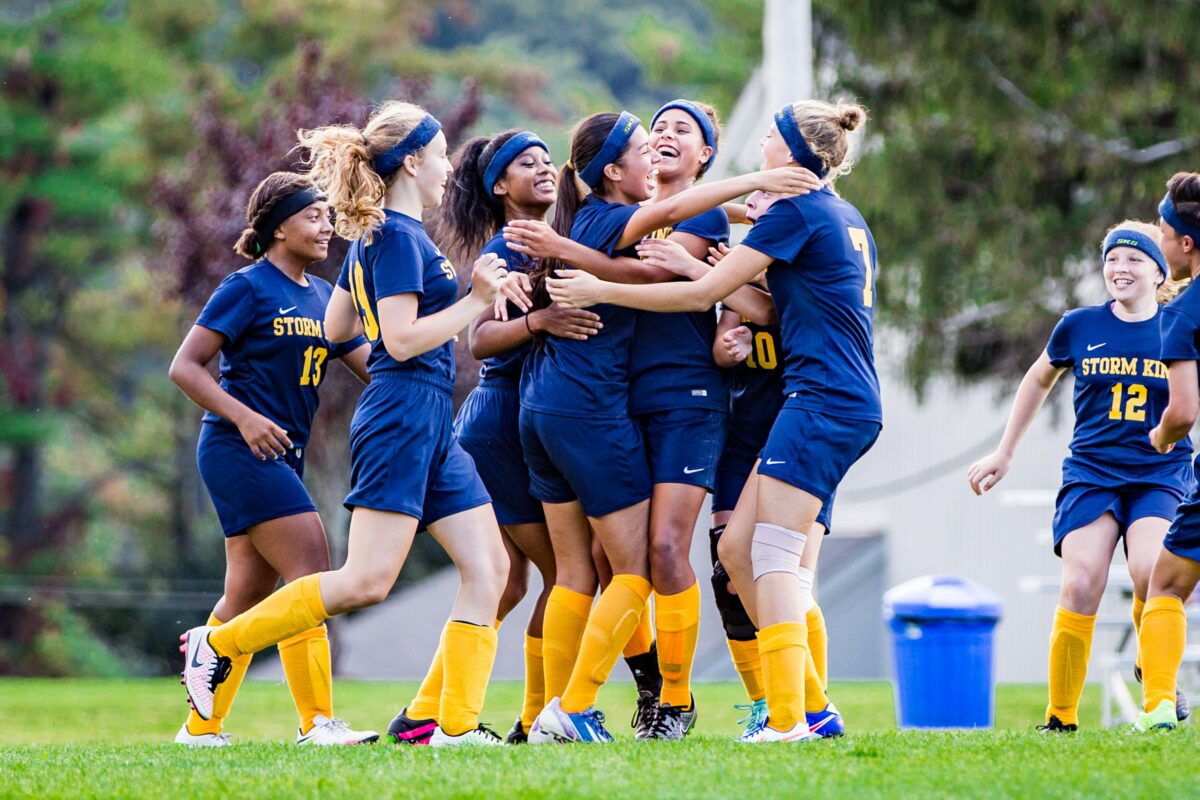The Women’s World Cup has ended, but in its wake was an air of excitement and conversation surrounding women’s sports. The World Cup sparked a new age for women’s sport both globally and in Australia. Australian stadiums were filled with over 75,000 fans and Channel Seven reporting that the semi-final was Australia’s most-watched television program in more than two decades with an average audience of 7.2 million viewers. The increased investment, popularity and engagement abroad has also been clear with the two finalist teams – England and Spain – demonstraing the success of investment into grassroot development programs in women’s sports leagues.
However, while the World Cup advocated the advancements in women’s sports, it has also reflected issues of disrespect and sexism that remain. This came to light in the aftermath of Spain’s World Cup victory, as the president of the Spanish Federation, Rubiales grabbed a star player, Hermoso and allegedly nonconsensually kissed her on the lips during celebrations. While this moment brought the issue onto the global stage, it is merely a symbol of the problems that women athletes have been fighting for years.
These events continue to unfold as national team coach, Vilda, and more recently, Rubiales, resigned in the aftermath of these controversies. These issues have been attributed to persistent male domination in the industry, particularly in leadership and coaching positions. The Spanish team had complained of unsupportive and disrespectful behaviour with many of their best players boycotting the World Cup, after complaints in 2021 and 2022 were ignored. This trend has occurred globally with similar issues uncovered. The US Women’s Soccer League had several reports of abuse and misconduct, and Zambia’s women’s football head coach Mwape, is now under FIFA investigation after recently being accused of multiple accounts of sexual misconduct.
The World Cup has epitomised the current state of women’s sport. It demonstrated unprecedented success and advancements to celebrate, and simultaneously provided a spotlight on ingrained sexist undertones surrounding the industry. If these problems exist at the elite levels, these sentiments must also be questioned from the grassroots. So how might these global events reflect the strides and problems that are faced here at ANU?
In many respects ANU has been a pioneer in women’s engagement and participation in sports. The ANU Women’s Football Club (ANUWFC) was established in 1978 as the first women’s football club in Canberra. Engagement and opportunity for women has soared across all sports both in the ANU and Interhall Sports Organisation (ISO) programs. While on the global stage equal pay remains an issue, students have noted the inclusivity of most sports and equality in dispersion of funds and resources across genders.
However, problems remain with a culture of dominant male positions of power and attitudes, particularly in historically male sports. These issues mirror some of those recently seen at elite levels. A systemic problem that remains in ANU and ISO sports is spectator engagement. While the Matilda’s performance in the World Cup sparked an extraordinary interest in watching women’s soccer across the country, this culture is not replicated at ANU. A recent Burton and Garran Residents Committee Meeting on the 29th of August highlighted disappointing levels of spectators for women’s teams. It was noted that spectators at the women’s netball games were very sparse, although this was partially attributed to game times on Monday mornings. However, despite the Women’s and Men’s soccer finals taking place at the same time on neighbouring fields, Burton and Garran Sports Representatives stated that “everyone was giving way more attention to the Men’s.” Several ex- and current sports representatives and students confirmed this, with a male ex-sports representative commenting that “in my experience there was greater engagement when it came to male sports, particularly when it came to spectators.”
While the ANU appears to have a relatively strong and robust system for equality and respect at the institutional level, cultural disparities remain. One female ex-sports representative from Burgmann College commented that in historically male dominated sports a “boys boys culture” remains. She expressed concern that these types of attitudes can create a more “aggressive” environment that holds less respect for female representatives than their counterparts, particularly when forced to control issues that occur on field or the sidelines.
However, positive responses and paths forward were also reported with sports representatives commenting that “sidelines for AFL 9s showed the potential of women’s sport to bring colleges together.” Enthusiasm in this sport, particularly at Burgmann, was said to be successfully supported by strong social media promotion that could be extended to other female sports to “build a spectating culture.” Furthermore, a female sports representative commented on the success of “good entry level clinics to sports such as the AFL 9s and disc,” as these allowed women to increase their confidence and engagement before boys get involved. Further initiatives and questions into time allocations for women’s games could spur change in attitudes towards women’s sports at ANU.
It is disappointing that the achievements of the Women’s World Cup largely became overshadowed by headlines on the behaviour of men. However, it has also reflected a promise for improvements in the future with the skill-levels and spectator engagement being a historic moment for sports. This is a perfect time to translate this hype to ANU sports with engagement and gender equality in our own attitudes towards college and university teams.
We acknowledge the Ngunnawal and Ngambri people, who are the Traditional Custodians of the land on which Woroni, Woroni Radio and Woroni TV are created, edited, published, printed and distributed. We pay our respects to Elders past and present. We acknowledge that the name Woroni was taken from the Wadi Wadi Nation without permission, and we are striving to do better for future reconciliation.
